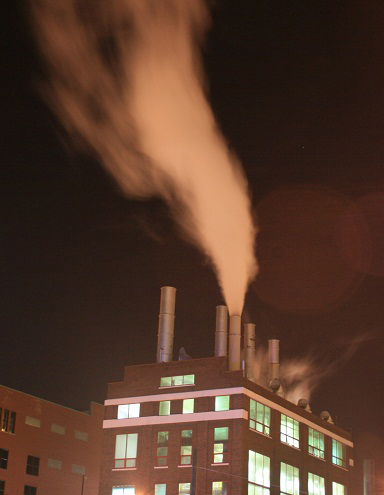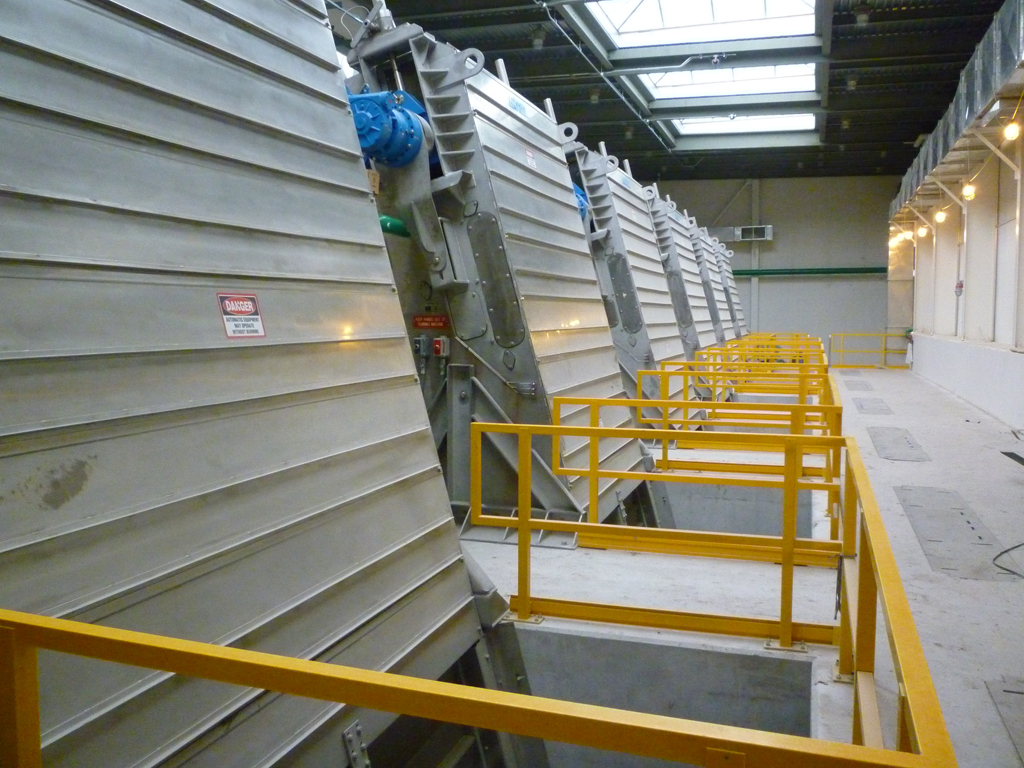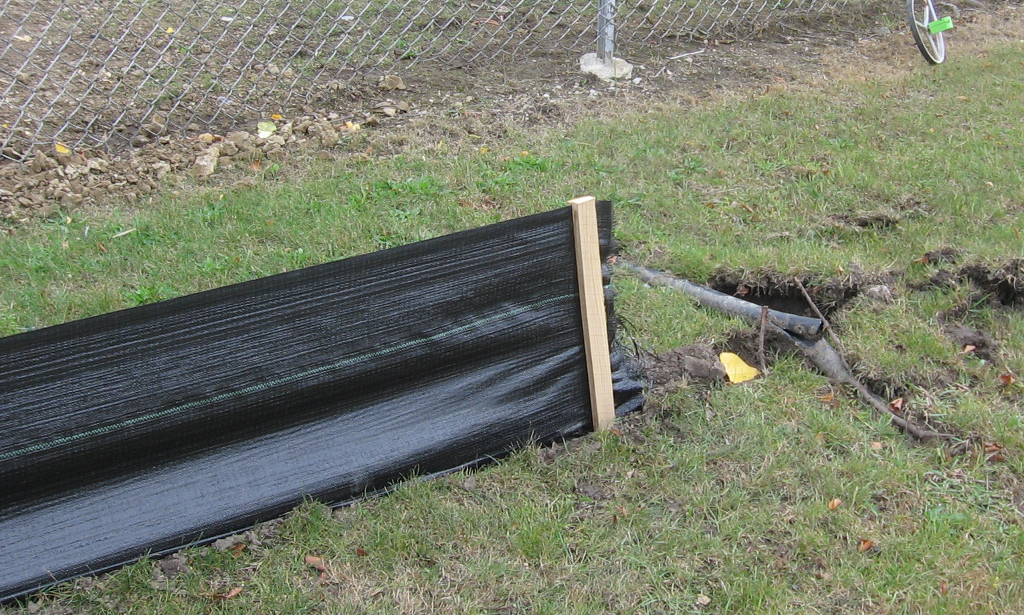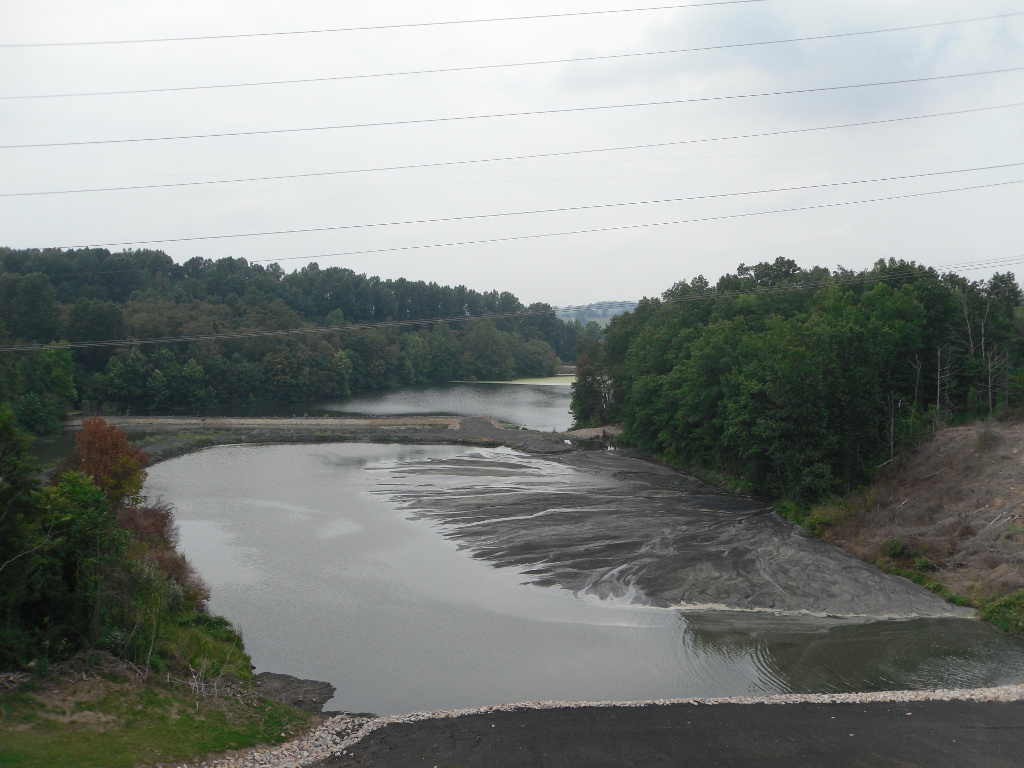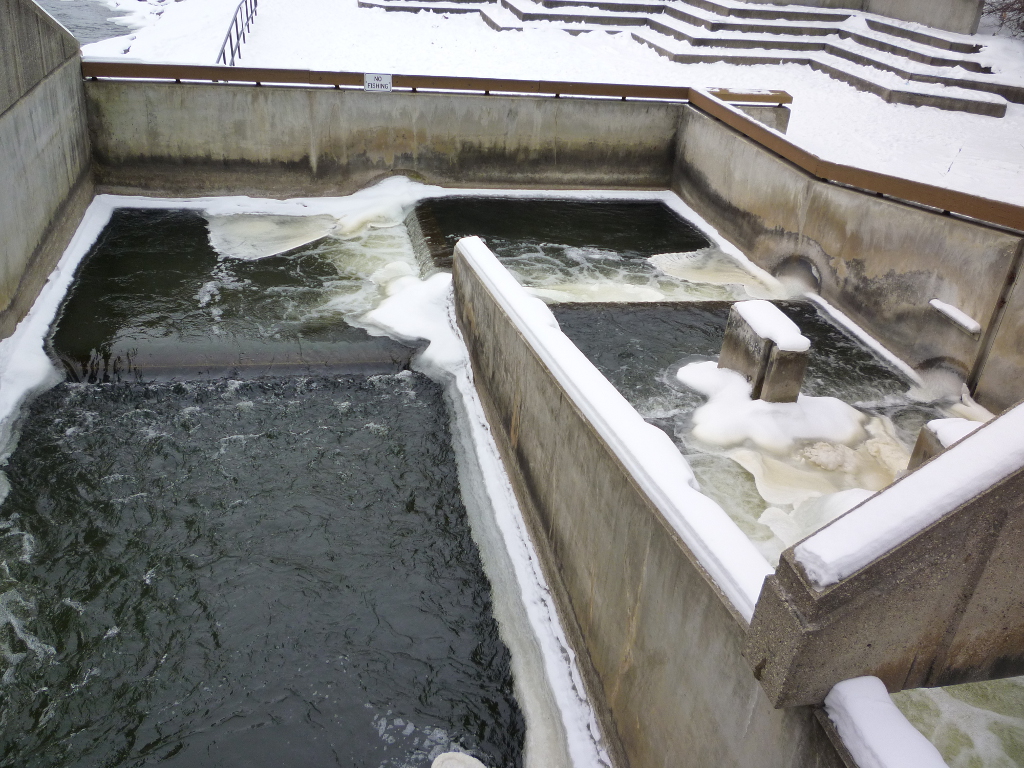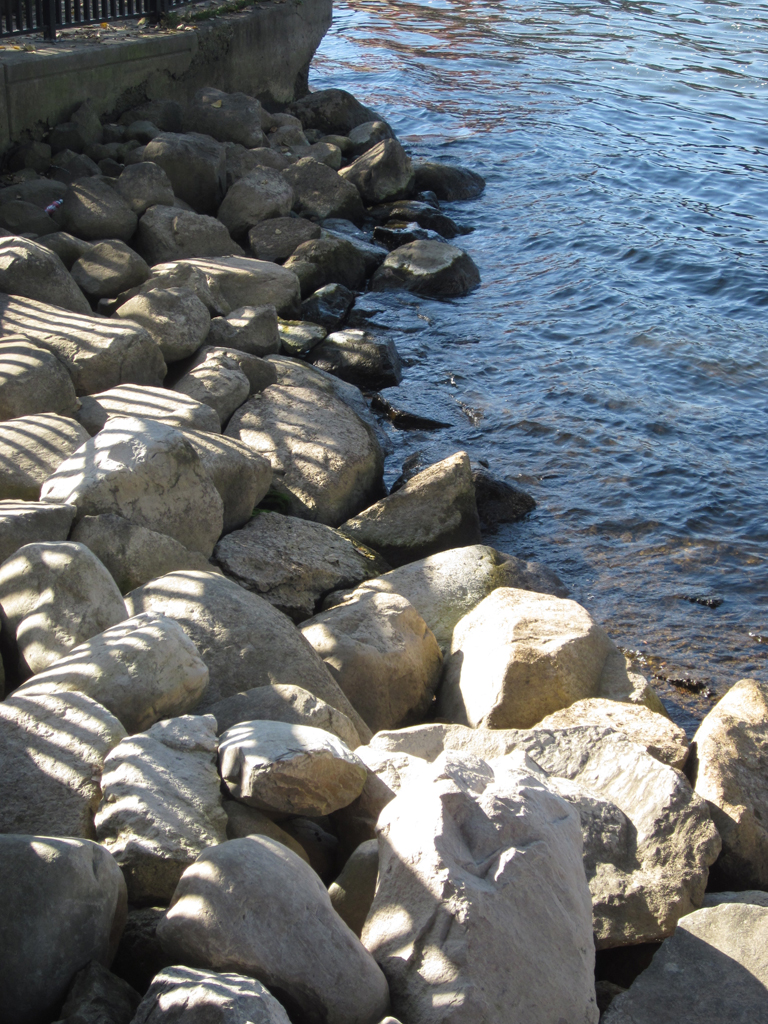
Photo Credit: Karl Jansen
Revetments, riprap, large rocks… they all mean the same thing in this case. These rocks placed along the side of a river are formally known as revetments. Their purpose is to absorb energy from the water rushing by. By absorbing the passing water’s energy, they do their job to prevent erosion of the river bank. Riprap is usually the term used for rocks placed where runoff from a large storm might cause environmental impact problems like erosion.
